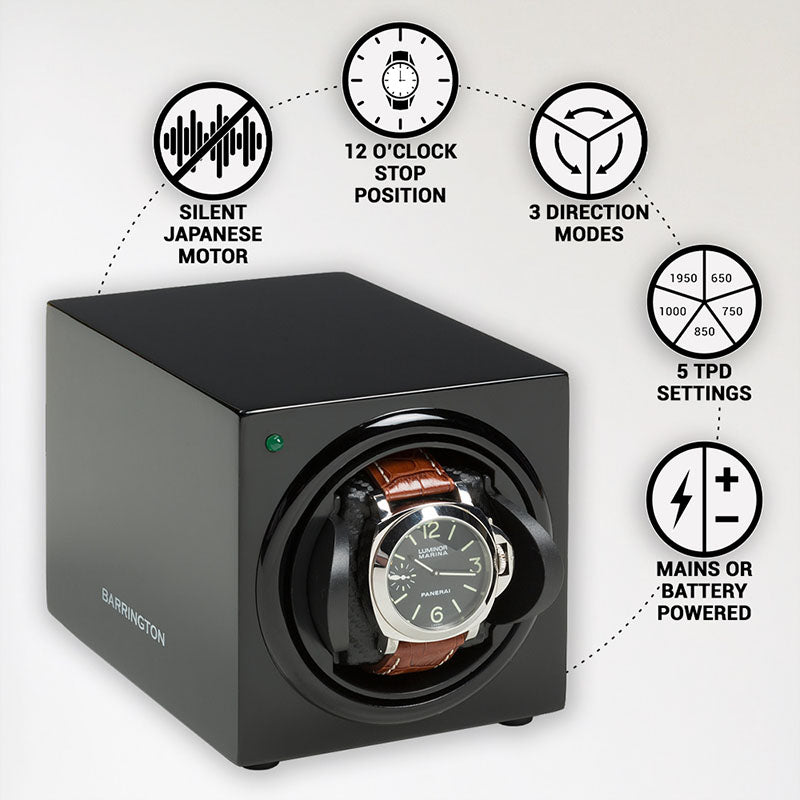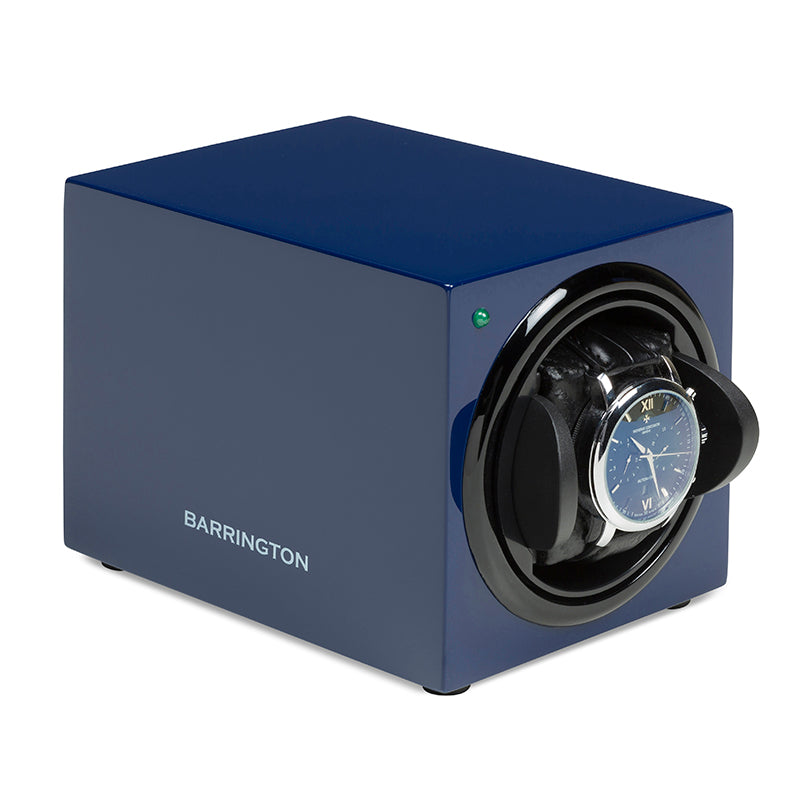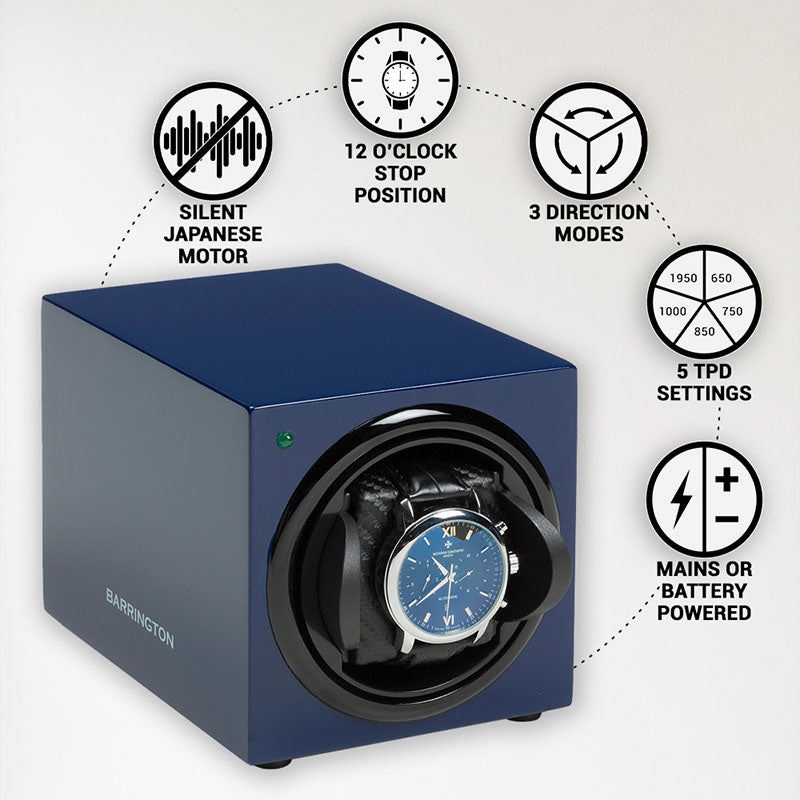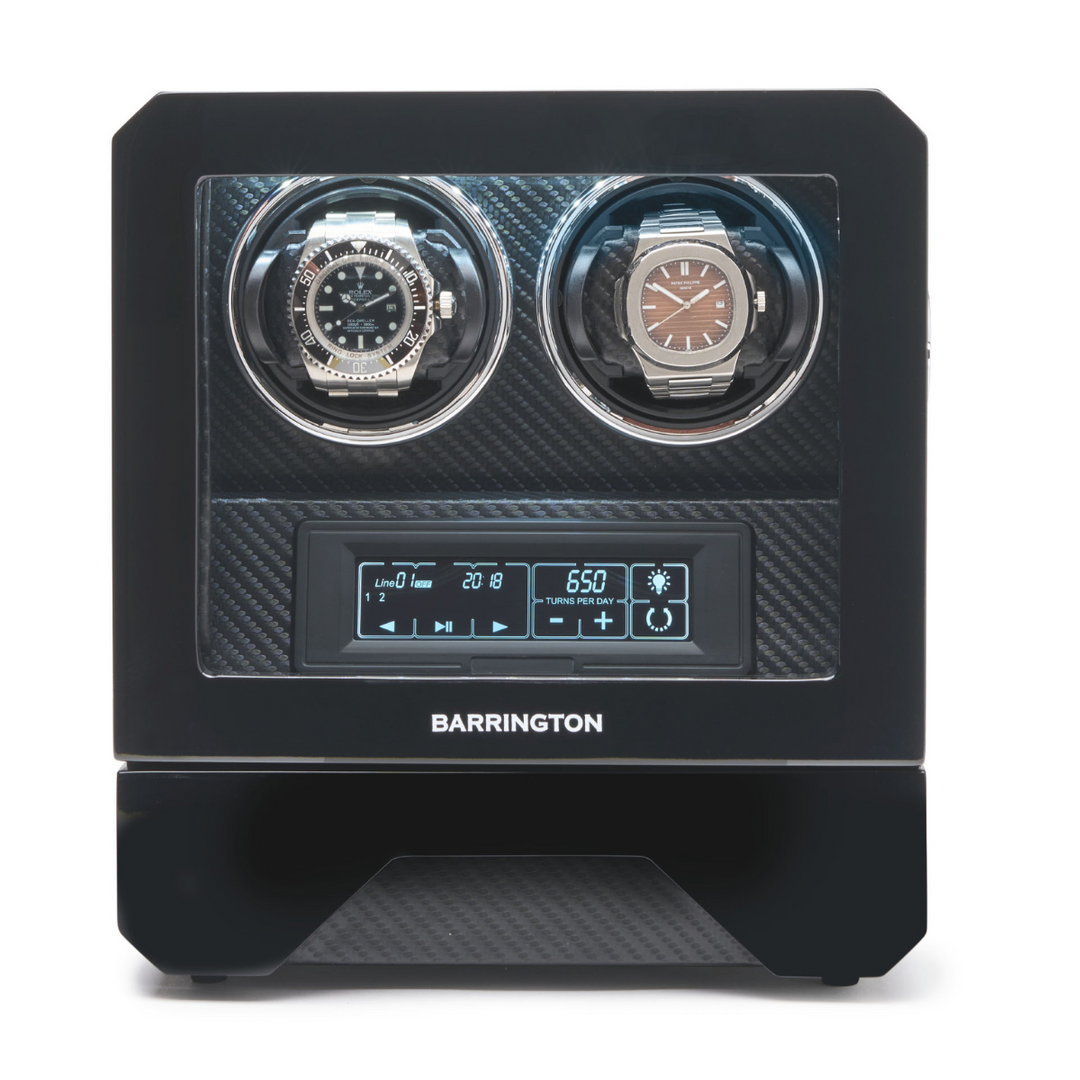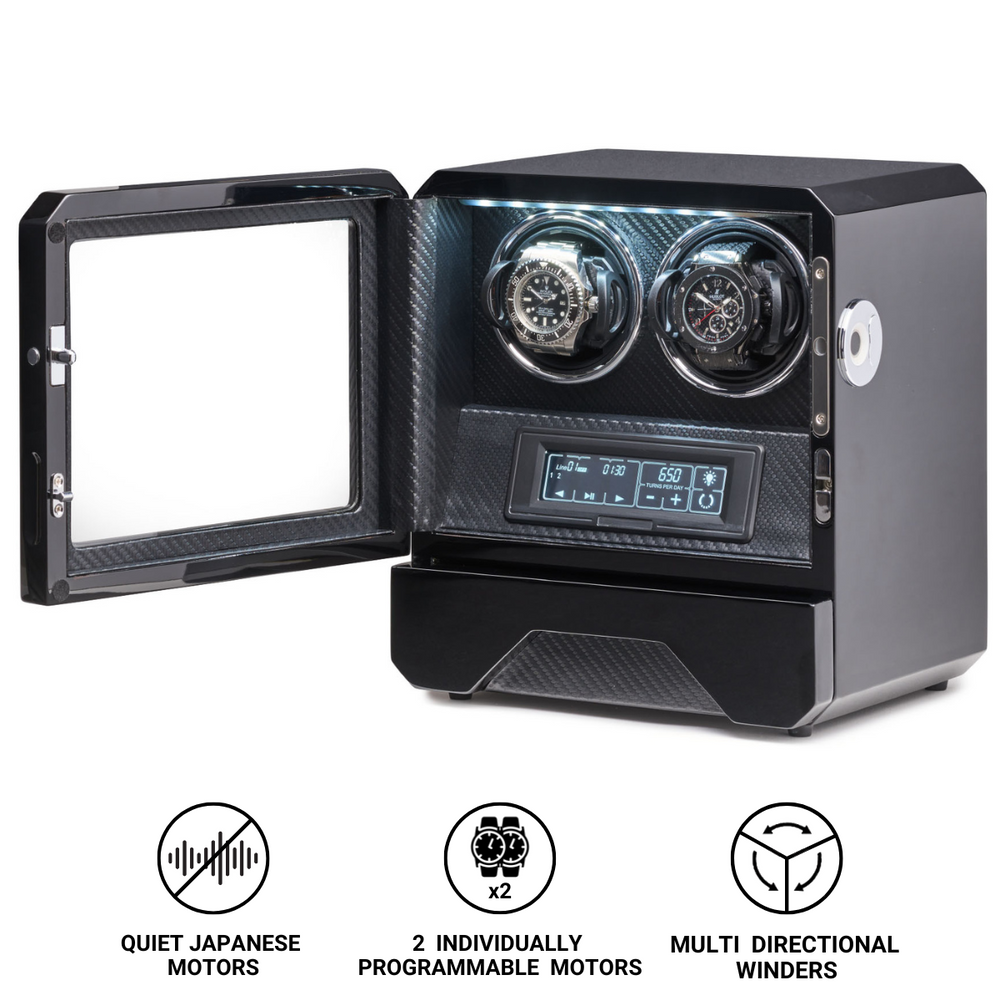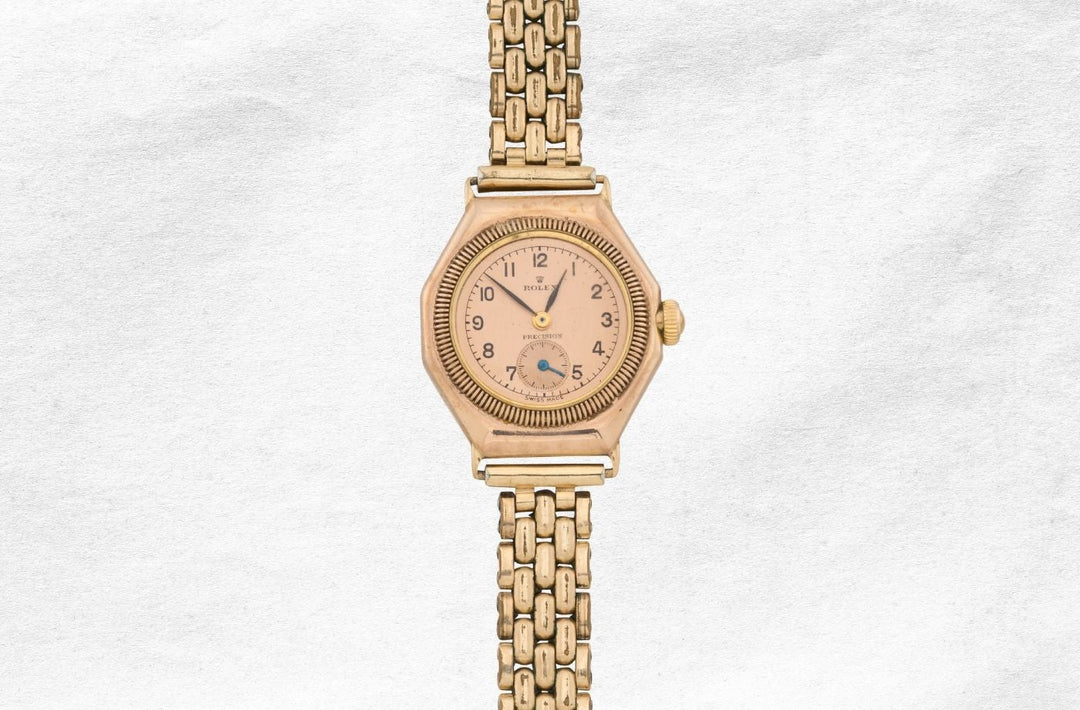Angelo Bonati, Architect of Panerai’s Global Renaissance, Dies
Former CEO transformed obscure Italian watchmaker into an international phenomenon
Angelo Bonati, who led Panerai from 1997 until 2018 and guided the Florentine brand from niche military supplier to one of the world’s most sought-after watchmakers, died on 15 May 2025. His passing marks the end of an era for a marque synonymous with maritime heritage, bold design and a fiercely devoted collector community.
Panerai’s Origins and Early Challenges
Founded in Florence in 1860 to supply precision instruments to the Royal Italian Navy, Officine Panerai became known for its Radiomir prototype in 1936 and the patented Luminor lume formula in 1949. After the navy contract ended in the 1950s, the company’s profile receded, and by the 1990s Panerai existed primarily as a small workshop producing instruments and replacement parts. Its rediscovery by collectors of vintage military timepieces set the stage for the brand’s revival under Richemont ownership in 1997.
Strategic Expansion under Richemont
Shortly after Richemont acquired Panerai via its Vendôme subsidiary, Angelo Bonati was appointed chief executive. One of his first initiatives was to secure the brand’s place at the Salon International de la Haute Horlogerie (SIHH) in Geneva in 2002, marking Panerai’s entry into the fine-watch calendar. Around the same time, Bonati oversaw the launch of the first PAM-numbered limited editions, establishing the collectible “PAM” reference system that remains in use today.
Vertical Integration and Manufacture
Recognising the importance of in-house movements, Bonati guided the opening of Panerai’s Neuchâtel manufacture in 2005. The debut calibre P.2002 introduced a three-day power reserve and instantly positioned Panerai among independent-manufacture brands. Subsequent movements, including P.4000 with micro-rotor winding and the P.9000-series automatics, broadened Panerai’s technical repertoire and reduced reliance on external ébauches.
Signature Collections and Material Innovation
Under Bonati, Panerai revived its Radiomir and Luminor collections with updated proportions and finishing. The brand also introduced the Submersible line in 2009, reviving a historic diver’s-watch name with modern water-resistance standards. Bronze, ceramic and Carbotech case materials debuted between 2011 and 2015, reflecting a commitment to both heritage and experimentation. Limited editions in precious metals and sophisticated métiers d’art dials became hallmarks of Panerai’s annual novelties.
Global Retail Network and Brand Visibility
From a single boutique in central London in 1998, Panerai expanded to more than 60 directly operated stores worldwide by 2018. Key openings in Hong Kong, New York, Tokyo and Dubai were complemented by strategic corners in leading department stores. Bonati also instituted travelling exhibitions and heritage-themed events in Florence, Milan and Singapore, reinforcing Panerai’s maritime narrative and fostering collector loyalty.
The Paneristi Phenomenon
Bonati’s decision to engage directly with enthusiasts led to the emergence of “Paneristi” clubs on every continent. Annual get-togethers in Florence and at manufacture anniversaries attracted thousands of owners, many of whom contributed design ideas and feedback that influenced subsequent releases. This grassroots involvement proved a powerful marketing engine and is credited with sustaining secondary-market valuations for rare references.
Legacy and Industry Impact
By the time of his retirement in 2018, Panerai’s annual revenue had increased more than tenfold, with global sales exceeding CHF 600 million. Bonati’s tenure earned him numerous industry honours, including lifetime-achievement recognition from watch-industry publications and invitations to address horological conferences in Geneva and Basel. His integrated approach to design revival, technical manufacture and community building has since been studied in business schools as a model for heritage-brand reinvention.
Conclusion
Angelo Bonati’s death represents a significant loss for Panerai and for the wider watchmaking community. His transformative leadership reshaped a small Italian firm into a guardian of maritime horological heritage and a driver of technical innovation. Panerai today retains his hallmarks: robust case architecture, clarity of dial design and a loyal global following. As collectors and industry figures commemorate Bonati’s contributions, the brand stands as a lasting testament to his belief in bold design, mechanical excellence and the power of a dedicated community.



